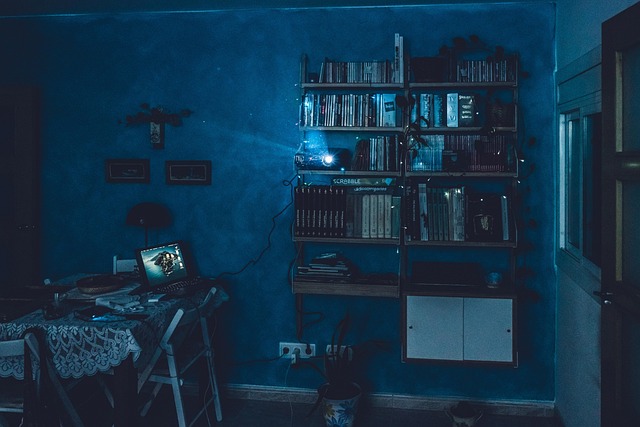In the rapidly evolving landscape of online education, the methods we use to engage with content and critiques are more important than ever. One of the most transformative tools that has emerged is the concept of video critique. This approach not only enhances the learning experience but also fosters a community where knowledge building can thrive.
Online education has democratized access to learning resources, allowing students from all walks of life to engage with material on their own terms. However, this freedom can sometimes lead to feelings of isolation or overwhelm, especially when navigating complex subjects. Herein lies the beauty of video critique—it’s a way to bridge the gap between solitary study and collaborative learning.
At its core, video critique involves analyzing and providing feedback on video content. This can include everything from instructional videos to student presentations. By engaging in this process, learners are not just passive consumers but active participants in their education. They learn to critically evaluate the material, articulate their thoughts, and exchange constructive criticism with peers. This interaction is crucial for knowledge building.
When a video is critiqued, it opens the door to diverse perspectives. Each viewer brings their unique background and insights, which can deepen the overall understanding of the subject matter. In online classrooms, students can engage in discussions and debates around the videos they analyze, learning from one another and expanding their horizons.
Moreover, incorporating video critique into online courses can enhance retention and comprehension. Research shows that people often remember visual information better than text alone. By critiquing videos, students engage with visual content while developing their analytical skills. This dual engagement not only solidifies their understanding of the material but also empowers them to articulate their viewpoints more effectively.
As we embrace the power of video critique, it’s essential to create a safe and respectful environment where students feel comfortable expressing their ideas and opinions. This atmosphere encourages open dialogue and nurtures a community of learners who are invested in one another’s success. With each critique, knowledge is co-created, and deeper learning naturally occurs.
In a world where online education continues to grow, harnessing the potential of video critique can redefine how we build knowledge. It makes learning more interactive, personal, and effective, proving that even in a virtual space, the power of collaboration and community can flourish.




